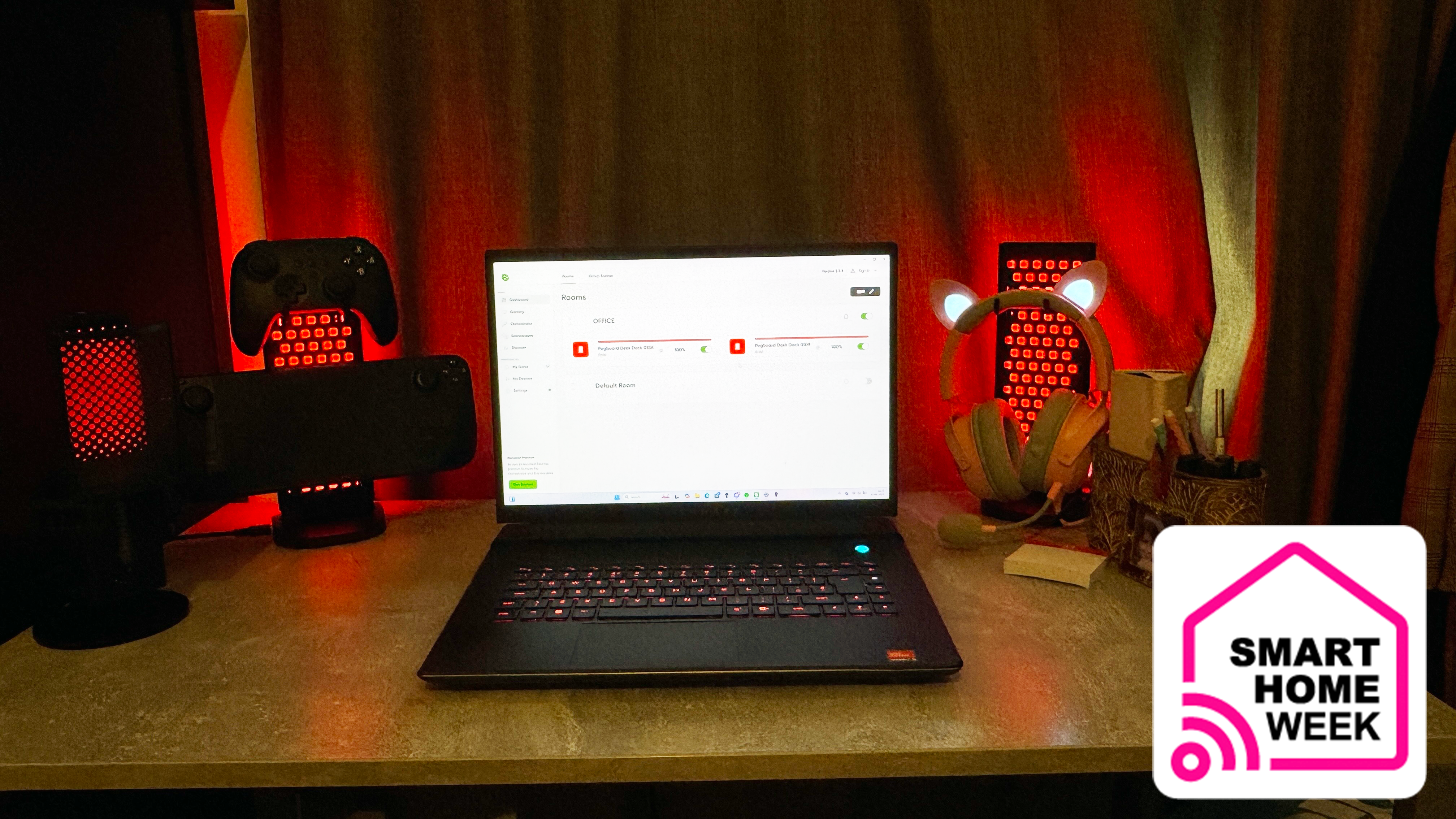As the British Museum opens the biggest exhibition of the comic-book artform outside Japan, graphic novelist Fumio Obata celebrates its enduring appeal
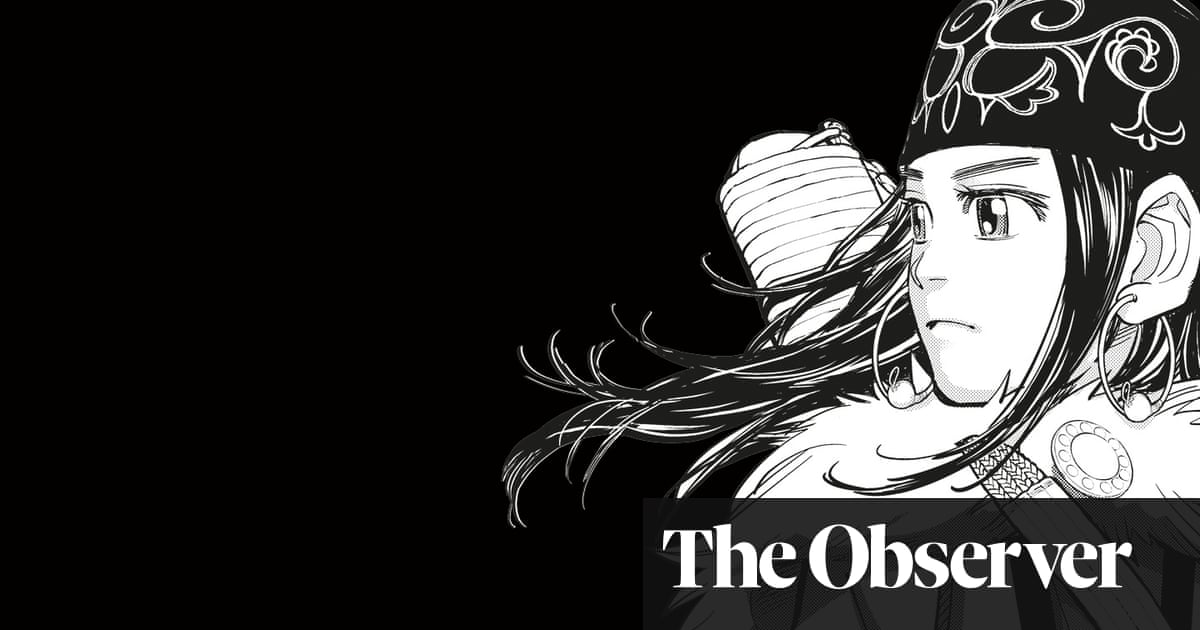
Manga is basically pulp fiction. Its cheap entertainment, easy to produce, mostly drawn in black and white and usually serialised in magazines. Its become hugely popular in the past few decades and has expanded into all different genres of storytelling you can find political manga in newspapers, for example but mainly it is aimed at young people.
Scholars of manga say it has its roots in painted handscrolls from the 12th century. Thats probably true, but manga as we know it today is closely tied to mass production. When Japan modernised itself in the late 19th century, western-style journalism came in, along with faster printing technology, which fuelled the explosion of manga in the mid-20th century.
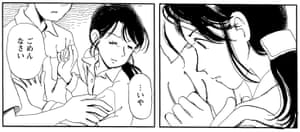
Even today, speed is important. Manga artists are given very little time to produce pages the deadlines are ridiculous so they have to work extremely fast. Popular artists will have their own studio with a team of people drawing for them. The quality is high but the aesthetic of manga has become standardised. Because of the sheer pressure to produce, artists dont have the time to explore their style. Maybe its because I left Japan at 16 and was educated in British art schools, but all the artwork in manga looks very similar to me now.
As a kid growing up in Tokyo, I was a typical manga fan. As far back as I remember, I was reading comics. It was my first encounter with visual art. Manga was everywhere. Youd go to the supermarket with your mum and youd pick up a comic or youd watch anime the animated version of manga on TV. I was constantly reading manga and I still have an affection for it. Its like a song you grew up with thats become etched in your memory.
One series that had a huge impact on me as a teenager was Akira by Katsuhiro Otomo. When I was 13 or 14, I watched the feature-length animation film and was completely blown away by it and through that I started reading Otomos original stories. Guys in their 40s, like me, are called the Akira generation.
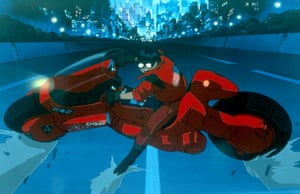
Before I left Japan, I wanted to be a manga artist. I was practising all the time. But then I came to the UK, where access to manga was very limited, and I moved on. I discovered music and other artforms and went to art school. I started reading manga again later on, but not as much as I would like.
When I look at my own work, I see the influence of manga. Once I saw it as a curse, but now I accept it, because in the end its just about telling a story. I can see the influence of manga in the way I draw faces, in how I compose a panel, in the positioning of people within a frame. In my opinion, manga is very cinematic and three-dimensional. When people compose panels, its like theyre aware of where the cameras are positioned, whereas illustration in the west is more like a play, with fewer close-ups and the camera at eye level.
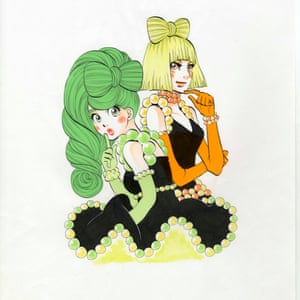
Manga also uses more panels. Actions often happen in slow motion, which takes up more space on the page. Theres also less text, so the pictures do more work. In the boxing manga series I follow, Hajime no Ippo, you might have 18 pages covering three or four seconds of time. The text might be limited to a few lines Oh its coming that way! I have to catch it! but the pictures are very powerful.
What manga tells us about Japanese culture is how much we like fantasy and to me that indicates how much stress Japanese people are under in real life. When I read manga, I can tell: people are tired of their reality. They want to escape. And manga, which has always been very good at reading its audiences desires, is what they want to escape into.
Manga is at the British Museum from 23 May until 26 August. Fumio Obata is a British-Japanese artist and animator. His graphic novel Just So Happens is published by Jonathan Cape (18.99)
Read more: http://www.theguardian.com/us


